“A thing may be of deeper impossibility than another, in the sense that you can be more deeply underwater--but whether you are five feet or five fathoms from the surface you are still all wet.” -Brian McGreevy
With everything going on in the world, it's always a wonderful reminder that here at Starts With A Bang! we're eternally focused on the cosmic story of what we know and how we know it. Regardless of what direction you want to push society, increasing our knowledge and understanding ought to be one thing we all agree on. This past week, here's a look back at what we've covered:
- What's so spooky about quantum entanglement? (for Ask Ethan),
- The science of how Solar Systems begin (for Mostly Mute Monday),
- NASA's New Horizons unveils its masterpiece: Pluto's interior,
- How physics falls apart if the EMdrive works,
- Be thankful for the Universe that created you, and
- What every layperson should know about string theory.
The next Starts With A Bang podcast is live for Patreon supporters and goes live for everyone else later this week on SoundCloud; the big Forbes news is that they no longer have autoplay videos, which is fantastic for all of us (including me); and the articles -- if you don't want ads at all -- are all available on a one-week delay over on Medium. And with all that said, let's get into our comments of the week!
 A device designed to simulate a working cold fusion reaction, but that was in fact a deliberate deception. Image credit: Juan-Louis Naudin, 2003.
A device designed to simulate a working cold fusion reaction, but that was in fact a deliberate deception. Image credit: Juan-Louis Naudin, 2003.
From axil on cold fusion madness: "The developers of LERN are a jealous and malevolent crew. They hate each other with a passion. They try to put each other out of business, pick over the rotting bones of the weak and bankrupted victims and try to steal each other’s methods from the survivors. Most LENR developers have gone dark to protect themselves. Some LENR developers have gotten their lawyers to issue cease and desist orders warning of impending judicial enforcement of their Intellectual property on anybody who even attempts to replicate their work; others protect their Intellectual property with lawsuits. Currently, there are millions of dollars being spent on lawyers, court cases and propagandists to professionally slander and discredit the competition. LENR is where angels fear to tread."
If all of this is true, then how do you ever hope to convince a scientist who demands scientific standards of evidence -- repeatability, open methodologies, testable products and reactant -- to believe that this is real, and not just a scam of the highest order? Indeed, what you describe has all the hallmarks of a con job, and none of the hallmarks of science. And where can one look for evidence that is unambiguously, scientifically valid, and not a smoke-and-mirrors demonstration?
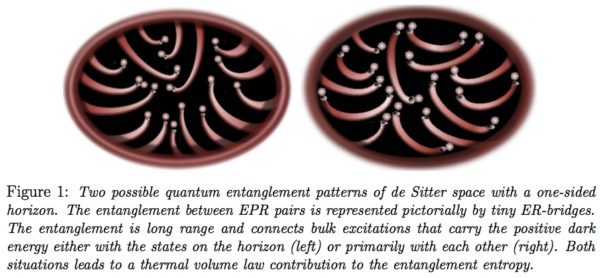 Two possible entanglement patterns in de Sitter space, representing entangled bits of quantum information that may enable space, time and gravity to emerge. Image credit: Erik Verlinde, via https://arxiv.org/pdf/1611.02269v2.pdf.
Two possible entanglement patterns in de Sitter space, representing entangled bits of quantum information that may enable space, time and gravity to emerge. Image credit: Erik Verlinde, via https://arxiv.org/pdf/1611.02269v2.pdf.
From Michael Kelsey on emergent gravity: "With your description, I understand much better your response to Verlinde’s paper, and tend to agree with it. It does sound more like “special pleading” than the “proof of principle” I thought."
It was also interesting to see that the new paper backed off of an earlier claim in the 2010 paper: that inertial mass and the equivalence principle could be derived from entropic gravity. I was skeptical of what seemed like a sketchy claim from the start: Verlinde imagined setting up surfaces of constant redshift and defining perpendiculars to them to arrive at a definition of inertial mass. But wouldn't, then, anything that moved relative to the CMB's rest frame -- like our own galaxy, for instance, at ~0.1% the speed of light -- see deviations in experiments testing the equivalence of the order (v/c)^p, where p is some power like 2 or 4? We've constrained inertial and gravitational masses to be equivalent to some 14 significant digits, so this seemed problematic to me at the time. There is no discussion of this in the 2016 paper.
Ted Cruz, with a loaded statement from a questionable science news source, during a hearing on climate change on December 8, 2015. Image credit: SAUL LOEB/AFP/Getty Images.
From Ciaran, quoting me and responding: "“Most of us, apparently, want to be right on our first try”
Such a great way of putting it."
And most of us aren't 100% right on our first try, even if we're mostly right, because we don't have 100% of the necessary information. In fact, our first tries often represent an attempt made at the exact moment where we believe we have enough evidence to draw a conclusion in the first place. But as more evidence comes in, shouldn't we be open to revising what we think? Shouldn't we laud ourselves when we change our minds, rather than viewing it as a failure?
I don't know, psychologically, how to combat this. But perhaps awareness that this effect exists is the first step.
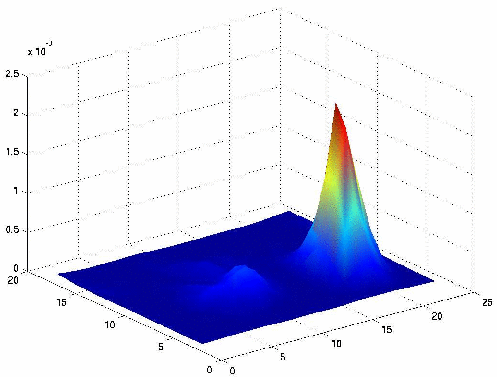 The quantum wavefunction, and the potential for quantum tunneling through a finite barrier. Image credit: Chi LF collaboration, from John von Neumann Institut fur Computing.
The quantum wavefunction, and the potential for quantum tunneling through a finite barrier. Image credit: Chi LF collaboration, from John von Neumann Institut fur Computing.
From Sinisa Lazarek on instrumentalism: "Thank you for letting me know that I belong to an instrumentalist camp. Didn’t know it had a name ? But yeah… nothing “real” about the wave function, same as with any other mathematical operation."
Whether the realist camp is "right" or not in some sense doesn't change the fact that -- to date -- there is no experiment one can perform that invalidates any instrumentalist picture of the Universe. I have long contended that it's up to us to come to terms with the quantum Universe, not the other way around. You are not alone.
 A quantum eraser experiment setup, where two entangled particles are separated and measured. No alterations of one particle at its destination affect the outcome of the other. Image credit: Wikimedia Commons user Patrick Edwin Moran, under c.c.a.-s.a.-3.0.
A quantum eraser experiment setup, where two entangled particles are separated and measured. No alterations of one particle at its destination affect the outcome of the other. Image credit: Wikimedia Commons user Patrick Edwin Moran, under c.c.a.-s.a.-3.0.
From eric on the delayed-choice quantum eraser experiment: "The “delayed choice quantum eraser” effect is even more fun, because it appears to cause retroactive changes in particle histories. You start with your entangled pair. You allow #1 to go through your double slit experiment as a wave-like, path-unobserved particle. Then after it goes through the screen you observe particle #2. Note that with the proper setup, you can observe #2 years after #1 goes through the screen. What pattern does #1 make? The particle-like double hump pattern, even though at the time it went through the slits it was not observed and was wave-like. The observation of #2 at time t+1 seems to have retroactively changed how #1 interacted with the screen at time t!"
That is correct. You can perform your quantum experiment like illustrated above -- where one set of a pair of entangled quantum particles is sent through a double slit -- and you either get an interference pattern or not depending on whether you measure the other pair member or not. Delaying the choice of whether to measure or not has no effect on what you see on the screen, but the screen will show whether you've made the measurement of the entangled pair or not.
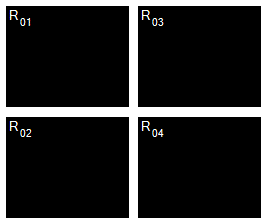 The delayed-choice quantum eraser experimental results. Image credit: Stigmatella aurantiaca of Wikimedia Commons.
The delayed-choice quantum eraser experimental results. Image credit: Stigmatella aurantiaca of Wikimedia Commons.
It might be incredibly counterintuitive, but this is how the Universe works, whether it makes sense to us or not. In fact, this goes back to the realist/instrumentalist interpretation, because whether it makes sense to you or not isn't really important. It's up to us to find sense in what the Universe tells us about itself and how it works.
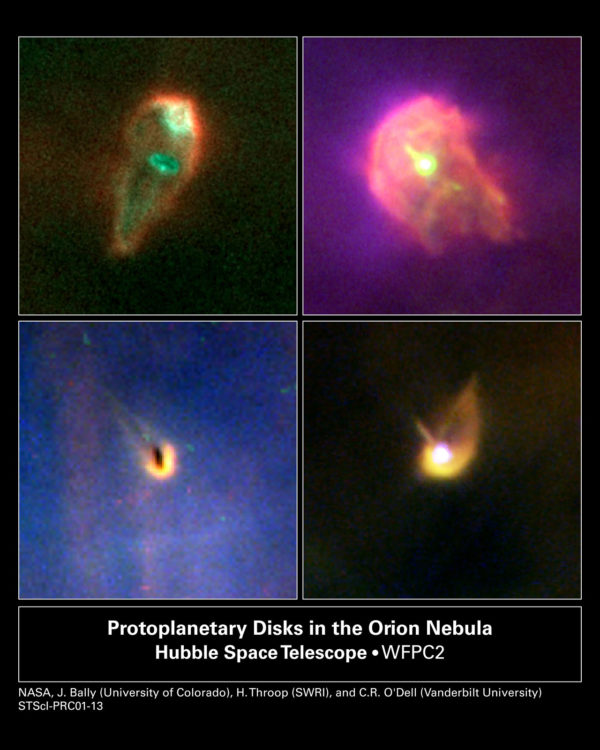 When nuclear fusion ignites, ultraviolet radiation works to blast any remaining protoplanetary material away. Image credit: NASA/ESA, J. Bally (University of Colorado, Boulder, CO), H. Throop (Southwest Research Institute, Boulder, CO), C.R. O’Dell (Vanderbilt University, Nashville, TN).
When nuclear fusion ignites, ultraviolet radiation works to blast any remaining protoplanetary material away. Image credit: NASA/ESA, J. Bally (University of Colorado, Boulder, CO), H. Throop (Southwest Research Institute, Boulder, CO), C.R. O’Dell (Vanderbilt University, Nashville, TN).
From PJ on the formation of Solar Systems: "More proof that we are the stuff of ‘stars’."
I would say we are long past the point of needing proof, but I also agree that it's incredibly nice to have continued confirmation of each and every one of the steps along the way. Before Hubble, we had never imaged a protoplanetary disk directly. Nowadays, we can look forward to visible, radio and infrared observations of the same objects. I can't wait for James Webb!
 The geological features and scientific data observed and taken by New Horizons indicate a subsurface ocean beneath Pluto’s surface, encircling the entire planet. Illustration credit: James Keane.
The geological features and scientific data observed and taken by New Horizons indicate a subsurface ocean beneath Pluto’s surface, encircling the entire planet. Illustration credit: James Keane.
From Naked Bunny with a Whip on Pluto's interior: "What would keep the ocean layer liquid? Tidal stresses from Pluto’s moons? Or maybe it’s leftover heat from the big impact?"
Pressure. Pushing down on me, pushing down on you... water is a funny thing. It's why a figure skater can "glide" over the ice, because the pressure -- just a force over an area -- is great enough to force water ice from a solid state into a liquid one if the blade's area is small enough.
 Yuri Katsuki gliding on ice, from the Anime "Yuri!!! on ice". It's wonderful. Seriously. Go watch it. Funimation streams it in English.
Yuri Katsuki gliding on ice, from the Anime "Yuri!!! on ice". It's wonderful. Seriously. Go watch it. Funimation streams it in English.
Water is one of the only compounds that is less dense in its liquid state than its solid state. If you increase the pressure enough, it has no choice but to phase-change into a liquid, but there's a limit to that, dependent on how cold its temperature is. Below about 250 K, you can't get a liquid.
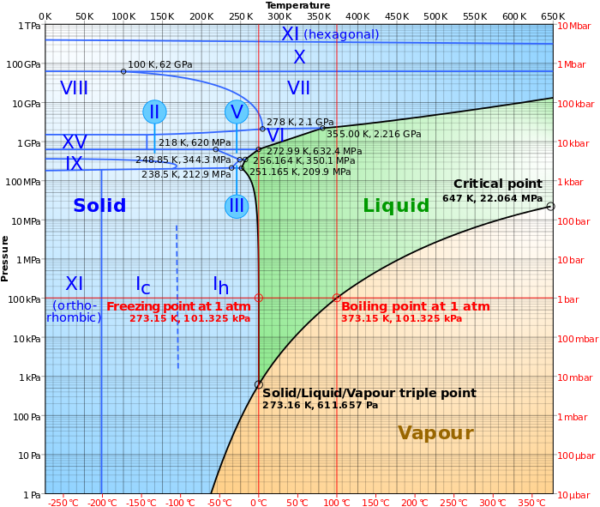 Phase diagram of water as a log-lin chart with pressure from 1 Pa to 1 TPa and temperature from 0 K to 650 K. Image credit: Wikimedia Commons user cmglee.
Phase diagram of water as a log-lin chart with pressure from 1 Pa to 1 TPa and temperature from 0 K to 650 K. Image credit: Wikimedia Commons user cmglee.
But there's a rocky or even metal core inside, with radioactive elements that decay. Even if there's little-to-no thorium, radium, uranium or trans-uranic elements, there's still potassium. The existence of all the mass Pluto has -- it's about 2/3 the size of Earth's moon -- ensures there ought to be sufficient heat produced to reach those water-viable temperatures. Pluto has a subsurface ocean because it has so much water and so much mass. Any similar world ought to be the same, even without external heating or tidal forces from any source.
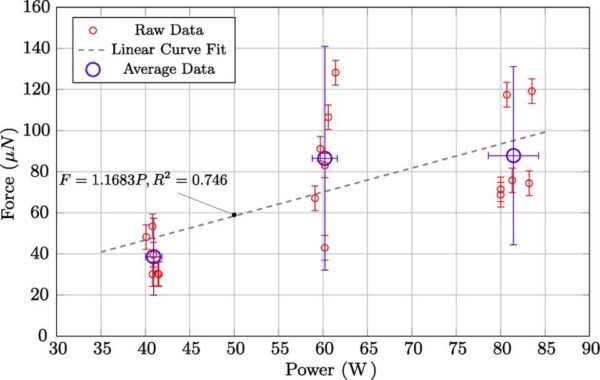 This sure does look like a real effect, but is it really due to a reactionless engine? Image credit: H. White et al., "Measurement of Impulsive Thrust from a Closed Radio-Frequency Cavity in Vacuum", AIAA 2016.
This sure does look like a real effect, but is it really due to a reactionless engine? Image credit: H. White et al., "Measurement of Impulsive Thrust from a Closed Radio-Frequency Cavity in Vacuum", AIAA 2016.
From Narad on the EMdrive test results: "To my eyes, it looks like it’s totally contingent on the 40 W point, with no real change between 60 and 80 W."
The problem appears to be what I would call a systematic error. If your error bars per measurement are on the order of ±10 µN, but your differences between measurements are of order ~50 µN, can we really say that these measurements are telling us what they claim to be. In a way, they remind me a lot of this historical data.
Yes, there's pretty clearly some points that have a measurement above 0, but the slope of the line is completely undetermined by the data available. It's also, as you say, unclear that a further increase in power will result in an additional thrust. Something to think about, but also something to test further. I'll remain skeptical that this is a real effect.
Inventor Roger Shawyer with a prototype of his EMdrive. Image credit: Roger Shawyer, Satellite Propulsion Research Ltd.
From Omega Centauri on a fantastic possibility: "Not that I could imagine how this drive could do it, while nothing else does, but what if it was interacting with dark matter, i.e. it is accelerating DM particles, and then momentum is conserved, its just that since we can’t otherwise interact DM so we can’t measure the change in momentum for DM."
There are some models of dark matter where photons couple to dark matter particles, and that a resonant electromagnetic cavity can activate an interconversion. This is the whole point behind experiments such as ADMX: the Axion Dark Matter eXperiment.
So far, ADMX has come up completely empty in their search, both with the medium-resolution and high-resolution channels. Wouldn't it be ironic if axions were the dark matter and the EMdrive did actually convert dark matter into photons, and that were the source of the thrust, and it were a complete accident? I would doubt it severely, but this would be the most incredible surprise of all. Plus it would lead to the most abundant galactic fuel of all: dark matter propulsion!
The Earth and Sun, not so different from how they might have appeared 4 billion years ago. Image credit: NASA/Terry Virts.
From Narad on Thanksgiving: "Sinisa, I assure you that U.S. (and, I presume, Canadian) Thanksgiving is a purely secular holiday. No fasting involved beforehand."
Yeah, it's really about eating all your favorite comfort foods, gathering with loved ones, opening up your doors and your hearts to those you might not normally share your bounty with, and -- in many places -- getting drunk enough to tolerate the presence of your relatives that you can't stand. I fully admit to adding in my own stories about the Universe, just because it gives me something even greater than these Earthly delights to be thankful for.
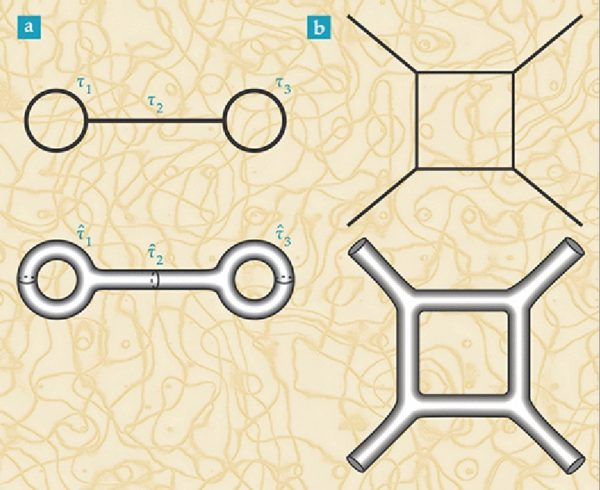 Feynman diagrams (top) are based off of point particles and their interactions. Converting them into their string theory analogues (bottom) gives rise to surfaces which can have non-trivial curvature. Image credit: Phys. Today 68, 11, 38 (2015).
Feynman diagrams (top) are based off of point particles and their interactions. Converting them into their string theory analogues (bottom) gives rise to surfaces which can have non-trivial curvature. Image credit: Phys. Today 68, 11, 38 (2015).
And finally, from CFT on string theory: "I’ve been following the science journalism of ST for over twenty-five years. It’s greatest contribution so far has been grabbing public attention to hype interest in science, creating plot devices and techno-babble for science fiction, and not actual science."
They have certainly done a great job of promoting themselves and their ideas, but not always with clarity or honesty about what they can and cannot provide. As far as testable low-energy predictions go, you are completely correct. But if we could routinely achieve energies of 10^17 GeV, we could answer the string theory question today, experimentally. It is nice that the constraints on knowing it are practical, not philosophical like the multiverse.
I've written about String Theory from a disbeliever's point of view many times over the years, but Witten's presentation was so clear to non-string theorists that I thought it was worth translating it into laypeople's speak as best as possible. You're free to disagree. Maybe we'll all follow the CFT blog someday instead to find out.
Have a great weekend, everyone, and see you back here next week for more wonders and stories of the Universe!

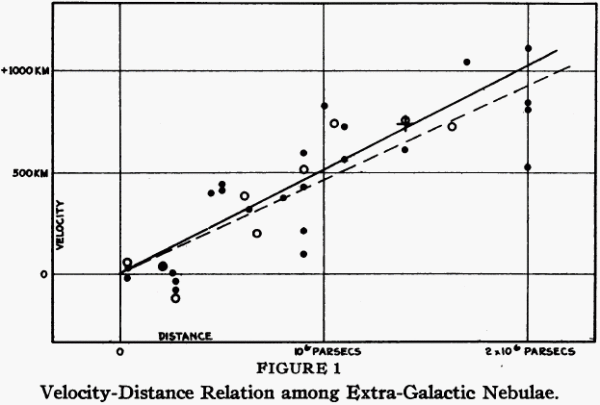

Regarding the 250K limit on H2O as a liquid - does that apply to impure water as well? Or do we suspect the impurities in icy dwarf planets to be slight enough to not matter?
Impurities usually increase the melting point, which would mean higher pressures to re-melt and therefore a thicker crust before the ice melts.
And solid impurities (very slightly) decrease the freezing point by being areas the water can dump energy as it solidifies and not break up other solid H2O bonds. Which would raise the sea nearer the surface.
In water, at standard pressures, salt does lower the melting point. I looked it up!
I couldn't find the details of behavior at high pressure, so asked here.
There's a phase diagram here, if it helps. I've got to get serious about finishing the packing.
^ But without pressure on the y-axis as above, sorry. Maybe it's a start.
Yeah, sorry, brainfart.
Salt water freezes lower, melts lower. Most impurities do that.
I haven't a clue why I got it the wrong way round.